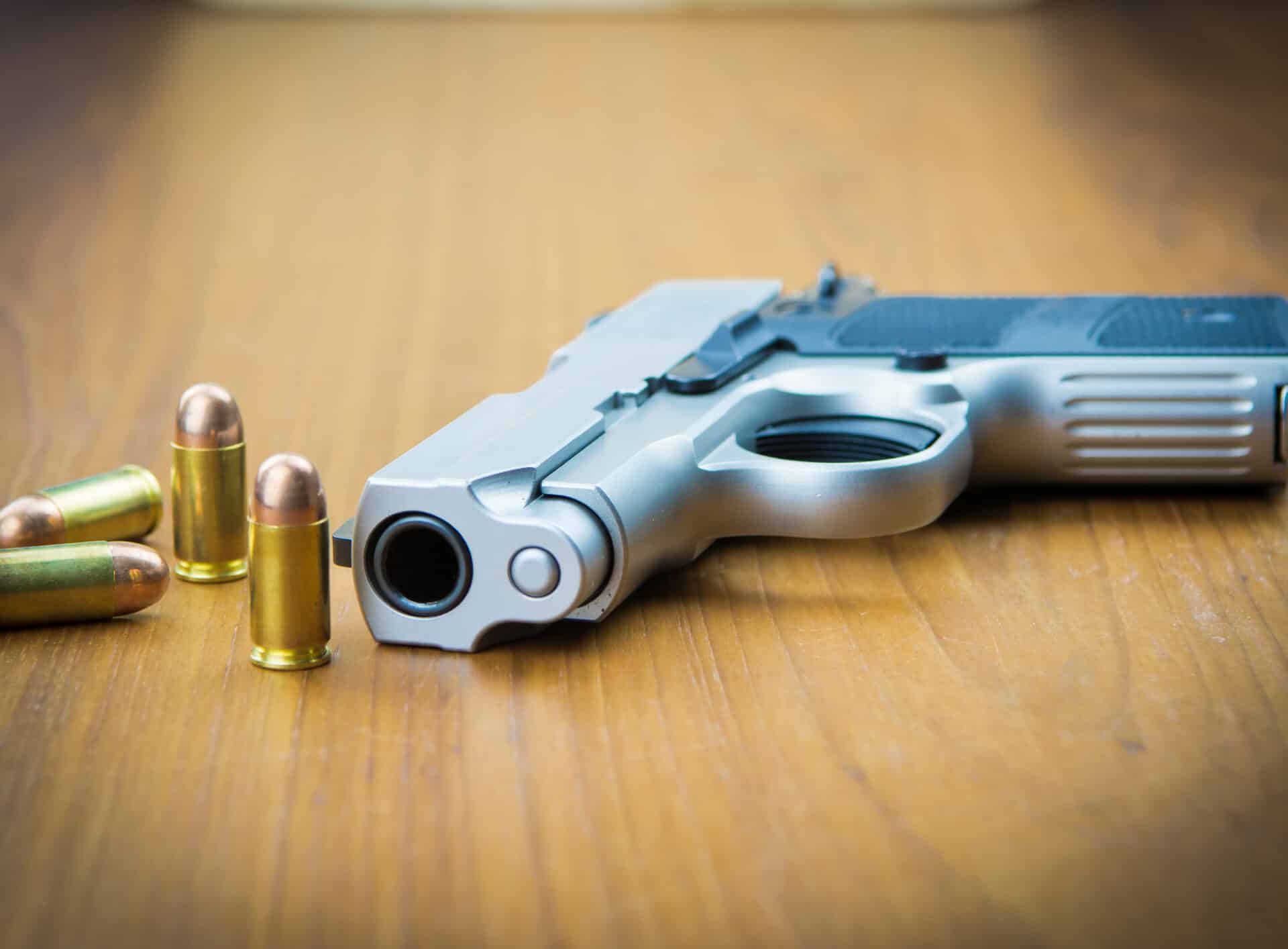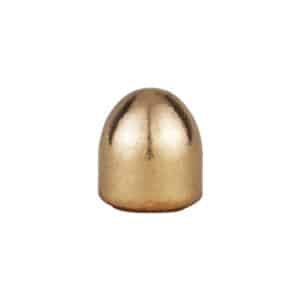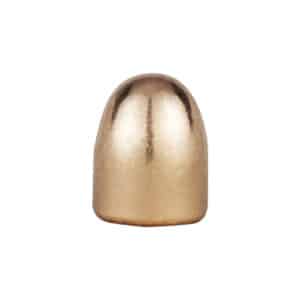Your cart is currently empty!

9×18 Makarov vs 380: Caliber Comparison
Table of Contents:
- Understanding 9×18 Makarov Bullets
- Understanding .380 ACP Bullets
- Side-by-Side Comparison: 9×18 Makarov Bullet Vs. 380 Bullet
- How Berry’s Bullets Can Help
The Short Answer: The 9×18 Makarov and the .380 ACP, while both very popular calibers, are characteristically different and uniquely suited to different shooting scenarios. The 9×18 Makarov, recognized for its power and larger wound channel, is often a preferred option for self-defense scenarios. On the other hand, the .380 ACP, known for its compatibility with compact pistols, offers easy handling and is a popular pick for many applications from self-defense to shooting on the range.
In this post, we will delve into the specifics of these bullet types. We’ll compare their characteristics – bullet weight, diameter, and performance, as well as factors such as ammo cost and gun compatibility. The goal is to provide comprehensive information to help you make an informed decision between the 9×18 Makarov and .380 ACP.
Understanding 9×18 Makarov Bullets

Historical Background and General Features
The 9×18 Makarov, referred to as the 9×18 Mak, made its debut in the post-World War II era. Developed by Nikolai Makarov for the Soviet Union around the 1950s, it quickly rose in popularity throughout Eastern Bloc nations due to the robust design and effectiveness of the Makarov pistol designed to fire this cartridge.
With a bullet diameter of 9.27mm, the 9×18 Makarov is slightly larger than the 9mm Luger and the .380 ACP. This unique bullet diameter contributes to the durability of the fixed barrel in a standard Makarov pistol. While the 9×18 Mak has a comparable diameter to .380 and 9mm bullets, the bullet is distinctualized by its smaller bullet length.
Performance and Compatibility
Offering bullet weights ranging between 93 to 100 grains, the 9×18 Mak is on the lighter side for a pistol bullet. The most widely used bullet type for self-defense is the hollow point, which expands upon impact, creating a larger wound channel – a desirable feature for self-defense situations. For recreational shooting, the most common bullet type is the round nose due to its strong overall performance and cost-effectiveness.
The 9×18 Makarov brings significant power to the table, boasting a muzzle velocity around 1,000 feet-per-second, offering an edge over the .380 ACP in terms of power and accuracy.
Availability and Cost
While the 9×18 Makarov isn’t as readily available as the .380 ACP in the US, it can still be sourced from certain large-scale manufacturers like Berry’s Bullets. Regarding cost, despite superior performance, the 9×18 Makarov often clocks in with a very similar price tag as the .380 ACP.
Understanding .380 ACP Bullets

Historical Background and General Characteristics
The .380 ACP, also referred to as the 9x17mm or .380 Auto, made a solid entry into the ammunition industry around the beginning of the 20th century. Developed by American firearms inventor John Moses Browning, this bullet saw a surge in recognition due to Browning’s iconic pocket pistol, and, more notably, the Walther PPK from Germany.
Known for its smaller bullet diameter, the .380 ACP is often seen as an excellent option for small, compact pistols. The standard bullet weight for the .380 ACP range from 85 to 95 grains, slightly lighter compared to its counterpart, the 9×18 Makarov.
Performance and Compatibility
The .380 ACP’s usability lies particularly within its compatibility with compact pistols. Due to its smaller size and lightweight profile, it presents lower recoil – a feature that has made it a favorite for concealed carry firearms like the Glock 42, making them easier to handle in stressful self-defense situations.
The .380 ACP does fall behind the 9×18 Makarov in terms of power due to a relatively lower muzzle velocity, which often averages near the 950 feet-per-second mark. However, its suitability for self-defense cannot be discredited, especially when loaded with modern hollow point bullets designed to maximize wound channels.
Availability and Cost
In terms of availability, .380 ACP ammo is widely accessible and is a regular sight on US store shelves. As we mentioned earlier, ammo cost is very similar to the 9×18 Makarov.
Side by Side Comparison: 9×18 Makarov Bullet Vs. 380 Bullet

Analysis of Bullet Diameter and Load
Beginning with their physical characteristics, the two bullets do show noticeable differences. The 9×18 Makarov sports a slightly larger diameter, clocking in at 9.27mm compared to the 9mm diameter of the .380 ACP. Typically, 9×18 Makarov bullets feature a load around 95 grains, with the .380 ACP slightly heavier, often found in loads of around 100 grains. These characteristics can influence the bullet’s trajectory and impact.
Performance, Power, and Preferred Applications
When examining bullet performance, there is a distinct edge for the 9×18 Makarov when it comes to muzzle velocity and power, often recording around 1,000 feet-per-second. Additionally, its larger diameter can result in a more substantial wound channel, especially when loaded with expanding hollow point bullets, thus making it a widely-preferred option for self-defense situations.
In contrast, the .380 ACP’s performance is centered more around user comfort and handling. Although its muzzle velocity is slightly lesser, averaging at around 950 feet-per-second, it is popular for its low recoil and compatibility with many compact concealed carry firearms. Its bullet design and slightly heavier load capacity aid in maintaining accuracy and delivering sufficient self-defense potency.
Cost, Availability, and Firearm Compatibility
When considering availability and cost, the .380 ACP tends to be more easily found, albeit at a marginally higher cost. The 9×18 Makarov, while not as consistently available, usually comes in at a lesser price-point.
Turning to compatibility, the .380 ACP is utilized in various firearms, some of the more notable being the Glock 42 and Walther PPK. This wide-scale compatibility makes it a versatile choice. On the other hand, the 9×18 Makarov is more limited in terms of firearm fitment as it is suited to older handgun models such as the Makarov pistol and the CZ-82.
Overall, both 9×18 Makarov and .380 ACP serve varying shooting needs. The 9×18 Makarov offers more power and a larger wound channel, making it a reliable choice for self-defense. The .380 ACP stands out for its low recoil, wide availability, and compatibility with compact pistols, making it an excellent choice for everyday carry. Your choice depends on your specific requirements and shooting preferences.
How Berry’s Bullets Can Help
Now that we’ve examined the specifics of the 9×18 Makarov and the .380 ACP bullets, you’re well-equipped to make an informed choice that suits your shooting preferences. But where does Berry’s Bullets fit into this picture?
Berry’s Bullets offers a versatile range of over 80 types of superior bullets, including options for both the 9×18 Makarov and .380 ACP. Our commitment is to deliver value, quality, and top-notch customer service to improve your shooting experience.
Check out our 9×18 Makarov and .380 ACP bullets today to elevate your firearm’s consistency and performance!
